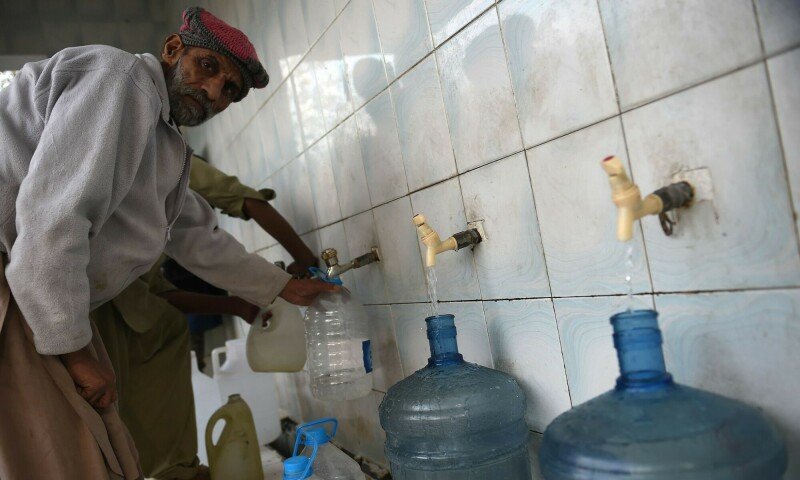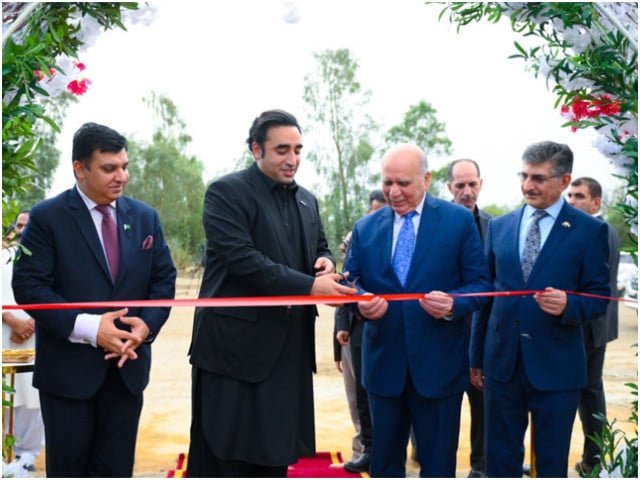Research Reveals Contaminated Water Supply in Liaquatabad Town, Karachi

A study conducted by Karachi University has revealed alarming contamination levels in the water supplied to Liaquatabad Town, Karachi. The research, led by Assistant Professor Dr. Aamir Alamgir and his team from the Institute of Environmental Studies (IES), was published in the International Journal of Environmental Quality under the title: “Evaluation of Water Quality Supplied to Liaquatabad Town through Water Quality Index and Geographical Analysis.”
Key Findings
- 95.6% of water samples were declared unsafe for consumption due to metal contamination.
- 74% of the samples contained E. coli, a dangerous bacteria that indicates fecal contamination.
- Over 70% of the water samples were found to be mixed with sewage, posing serious health risks.
- High levels of iron, nickel, and arsenic were detected, with 78.27% of the samples showing arsenic contamination.
Health Hazards
The research suggests that consuming metal-contaminated water, particularly over time, could lead to serious health conditions such as:
- Kidney stones
- Heart disease
- Diabetes
- Lung and cancer diseases
Dr. Alamgir highlighted that poor water distribution systems, including leaking and broken pipes and cross-contamination between sewage and drinking water lines, are major contributors to the issue.
Industrial Pollution and Public Health
The presence of metals like sulphate indicates contamination from industrial waste. According to the study, poor water quality accounts for 40% of deaths and 30% of diseases in Pakistan, particularly impacting children, with diarrhea being a common cause of death due to contaminated water.
Dr. Alamgir noted that this study mirrors previous research on high-risk areas of Karachi, revealing a widespread issue of water contamination in the city.
The findings underscore the urgent need for improvements in Karachi’s water supply infrastructure to prevent widespread health problems among its residents.










